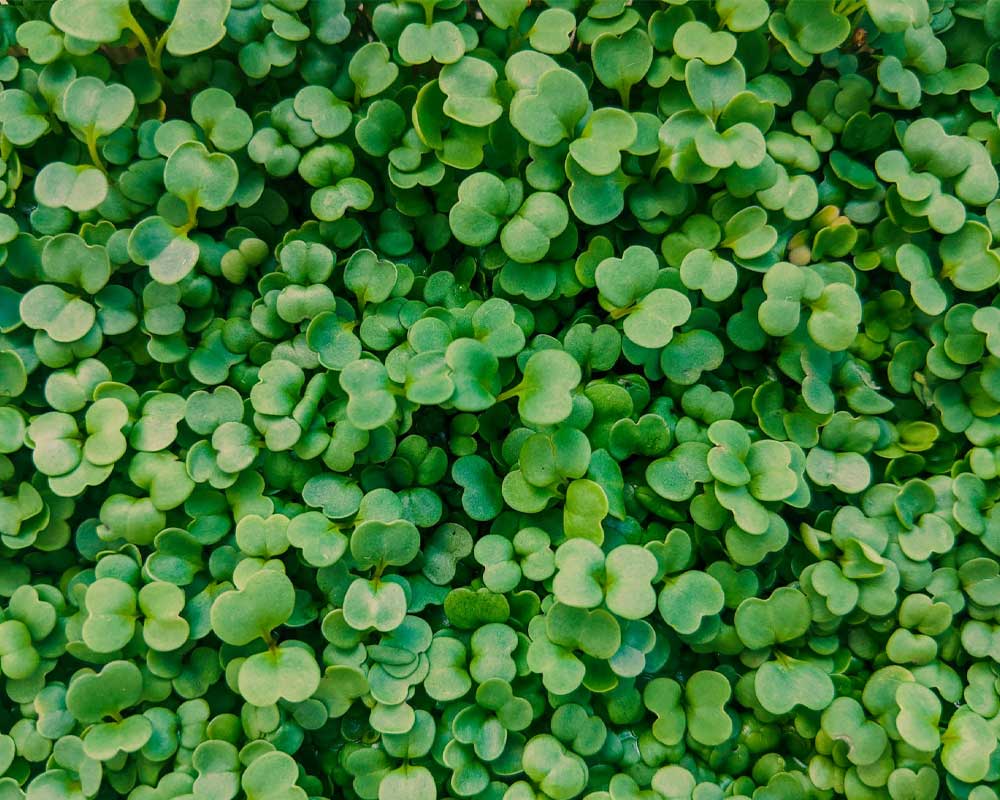
Do Microgreens Have the Same Effect as Mature Veggies? Unveiling the Nutritional Wonders
If you’ve ever marveled at the vibrant hues and delicate textures of microgreens, you’re not alone. These tiny plants have taken the culinary world by storm, popping up in salads, garnishes, and smoothies. But the question that lingers is whether these miniature greens pack the same nutritional punch as their full-grown counterparts. In this exploration, we delve into the world of microgreens, comparing their benefits, and nutritional value, and even learning how to grow them. So, let’s put on our gardening gloves and dive into the realm of these tiny powerhouses.

Unveiling the Microgreen Mania: A Glimpse into the Trend
Micro-greens are not just your ordinary greens; they are the young, tender shoots of edible plants, harvested at an early stage, usually within 7-21 days of germination. They come in a kaleidoscope of colors and a variety of flavors, ranging from spicy to earthy. These mini wonders have gained immense popularity, adorning the plates of both home cooks and gourmet chefs alike.
A Nutritional Showdown: Microgreens vs. Mature Veggies
The Nutrient Concentration Show
Microgreens are often touted as nutrient powerhouses, and for good reason. Research suggests that these baby plants can contain higher concentrations of certain vitamins, minerals, and antioxidants compared to their fully-grown counterparts. This nutritional density is due to their rapid growth phase, where they absorb nutrients from the soil intensely.
The Antioxidant Battle
Antioxidants play a vital role in neutralizing harmful free radicals in our bodies. While both micro-greens and mature veggies contain antioxidants, some studies propose that microgreens might have higher antioxidant levels. However, this can vary depending on the specific type of greens being compared.
Vitamin and Mineral Face-Off
Microgreens can be remarkably rich in essential vitamins and minerals such as vitamin C, E, and K, as well as potassium, iron, and zinc. These nutrients are crucial for various bodily functions, from immune support to bone health.
Delving into the Benefits: Why Choose Micro-greens?
Bursting with Flavor and Texture
Microgreens are not just a treat for the body; they are a delight for the senses. Their tender leaves, delicate stems, and intense flavors can elevate the taste and presentation of any dish.
Urban Farming at its Finest
Short on garden space? Microgreens can be your urban gardening solution. They can be grown in small containers, on windowsills, or even vertically on walls, bringing a touch of green to even the tiniest of spaces.
A Boost of Nutrition
If you’re looking to supercharge your nutrient intake, micro-greens are your go-to option. Adding a handful of these mini wonders to your meals can provide an extra dose of vitamins and minerals.
Cultivating Microgreens: A Green Thumb’s Guide
Step 1: Choosing the Seeds
Select seeds of edible plants that are known to be suitable for micro-green cultivation, such as basil, broccoli, radish, and sunflower.
Step 2: Preparing the Growing Medium
Fill a shallow container with a well-draining potting mix or coconut coir. Moisten the medium evenly before planting the seeds.
Step 3: Planting the Seeds
Sprinkle the seeds densely but evenly over the surface of the growing medium. Gently press them down using a flat tool.
Step 4: Providing Optimal Conditions
Place the container in a well-lit area with indirect sunlight. Ensure adequate ventilation and mist the seeds regularly to maintain moisture.
Step 5: Harvesting Time
Micro-greens are ready to be harvested when they have developed their first true leaves, usually within 1-3 weeks after germination.
The Verdict: Microgreens and Their Impact
In the grand arena of nutrition, microgreens are indeed a force to be reckoned with. While they may not entirely replace mature veggies, their unique nutritional profile and vibrant taste make them a worthy addition to any diet. So, the next time you savor a salad garnished with these tiny wonders, remember that you’re indulging in a miniature explosion of nutrients.
FAQs About Microgreens and Nutrition
Q1: Can I grow micro-greens indoors?
A: Absolutely! Microgreens thrive in indoor environments, making them an excellent choice for urban gardeners.
Q2: Are all micro-greens safe to eat?
A: While most microgreens are safe to consume, it’s essential to choose seeds from reputable sources and ensure proper hygiene during cultivation.
Q3: Can I freeze micro-greens?
A: It’s best to consume microgreens fresh, as freezing can alter their texture and flavor.
Q4: How do I incorporate micro-greens into my meals?
A: Microgreens can be used as salad toppers, sandwich fillings, or even blended into smoothies for an extra nutritional boost.
Q5: Do microgreens count as a vegetable serving?
A: Yes, including microgreens in your meals can contribute to your daily vegetable intake, offering a concentrated dose of nutrients.
Read More
Celery-Juice Benefits: Antioxidant Superfood Drink or All Hype?
Bilberries Helps Improve Eyesight and Decreases Inflammation
Tomato Nutrition: A Powerful Ally in the Fight Against Cancer and Inflammation
6 Benefits of Limes You Won’t Believe + Lime Recipes You Can Enjoy
Benefits of Cherries: What Can Cherry Nutrition Do for You?
Bell Pepper Nutrition: A Colorful Path to Health and Weight Management
Pineapple: A Tropical Delight Packed with Whole-Body Benefits
